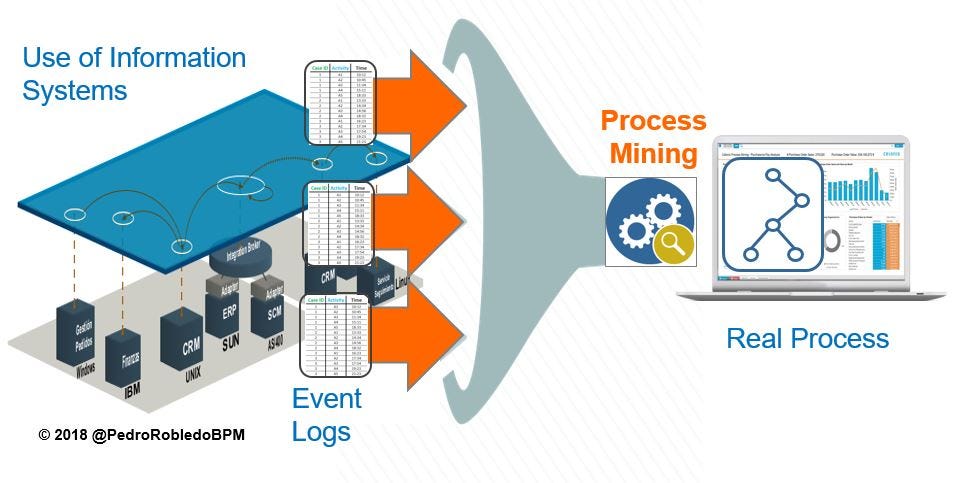Exception Report Non Conformity Product Analysis
CORRECTIVE AND PREVENTIVE ACTION. The report was r evised and new report was sent to the customer. Do the non-conformities result in a need to implement corrective action? Experience which was gained from this non-conformity is written in the analysis methods under the headline “important note”. Training will be given to each. .A deficiency in a characteristic, product specification, process parameter, record, or procedure that renders the quality of a product unacceptable, indeterminate, or not according to specified requirements Non-conformance.The nonfulfillment of a specified requirement (820.3) Non-conformity. Differences between non-conformance and corrective action - posted in Nonconformance & Corrective Action: Hi all, What is the differences between non-conformance and corrective action? Currently we only using non-conformance for all non-conformity issue internal and external. Do we have to develop corrective action procedure for example for in-process if there is deviation?
We all hate deviations and customer complaints, so does ISO 9001 QMS. Define the non-conformance by capturing details / specific information for various deviations.2. Assign the non conformance to specific category by defining nonconformance type as compliant, process deviation, Internal audit NC, rejection etc. Each non-conformity can be assigned to a person in the organization and upon assignment, this person will get alert / auto reminders.3. Capture correction taken for each non conformity.

Correction is the immediate solution to the problem / NC.4. After correction is taken, still the same problem / non-conformity may reoccur.
To ensure we stop the same non-conformity from occurring again, this module of MyEasyISO allows you to brainstorm and identify root cause. Dota map hack tatah. Actual reason which was behind the particular non-conformity.5. After root cause has been identified, as per ISO 9001:2015 standard, corrective action should be taken wherever possible.
This will eliminate root cause and will ensure due to the same root cause, same kind of non-conformity does not reoccur. In this step, you can define proposed corrective actions.6. After actions are taken as per proposed corrective action, actual corrective action with all relevant details can be captured.7. A very critical step in the entire non conformity management is to ensure that an organization verifies effectiveness of the corrective actions taken. This can be done by verifying, same kind of non-conformity due to same root cause did not reoccur. Details of such evaluation can be captured here and a non-conformity can be marked as closed.8.

Data analysis capability of the module also generates insightful statistical analysis that enables an organization have required information for an MIS readily available.Comprehensive capabilities of this module ensures all the requirements pertaining to non-conformity, correction, root cause analysis and corrective actions are addressed in a quick and simplified manner while achieving 100% compliance to of ISO 9001:2015 standard. Contact us at info at myeasyiso.com for further information or visit www.myeasyiso.com to subscribe to our award winning and one of its kind of ISO 9001 compliance software.
Write A Good Problem StatementI’ve learned over the years that writing a good problem statement in your NonConformance Report is probably the most important part of any investigation. If the problem isn’t stated clearly, then it becomes too easy to misinterpret the problem and lead the investigation in the wrong direction. A Good problem statement should tell someone ‘who, what, where, and when’.the ‘why’ will be addressed in the actual investigation.Start Your Investigation ImmediatelyEvery investigation has an assigned timeframe (specified in your Standard Operating Procedure) in which it must be completed.that means approved and closed out. So the day the NonConformance Report is initiated, the clock starts ticking. If you wait until you have very little time left before you begin, then you most likely won’t complete a through investigation and may find yourself revisiting the issue. Set up a timeline that will include milestones along the way so that you are working on the investigation little-by-little.before you know it your NonConformance Report will be completed and on-time!Consider All Possibilities When Determining Root CauseIn your NonConformance Report, you want to make sure that you consider everything that may be contributing to the problem and rule each one out until you’ve gotten to the most likely root cause(s).yes there can be more than one root cause.
Sometimes our workload gets a bit crazy and it becomes too easy to quickly jump to a premature conclusion.Verify That Your Corrective Action Was EffectiveGive yourself enough time to evaluate whether or not the the problem has truly been corrected. For example, if the problem used to occur whenever you manufactured product X, then you would want to make sure you have at least three cycles of making product X after your corrective action has been implemented.
Air Conformity Analysis
If the problem hasn’t occurred during the three cycles, then you most likely got to the root cause.Let me know what your experience has been with NonConformance Reports and if this post has been helpful.Thanks,Sandra. If you’re facing the same problem after a nonconformance investigation has closed, then you didn’t get to the actual root cause (assuming you did a root cause analysis to begin with). Part of your RCA is to take action (i.e. Corrective action) to fix the problem.

Exception Report Non Conformity Product Analysis Template
So whenever you implement a corrective action, you need to keep the CA open until you have objective evidence that you got to root cause, otherwise the problem may recur. Because I don’t know the details of the problem (i.e. Severity) or what industry you work in (i.e. Biotech), it’s difficult to provide advice. For example, did you release the product that was involved in the NC? Does recurring nonconformace’s happen often so that an auditor could easily spot a trend?
If you’d like to discuss this futher and provide more details, please use the ’email Sandra’ tab.Sandra.